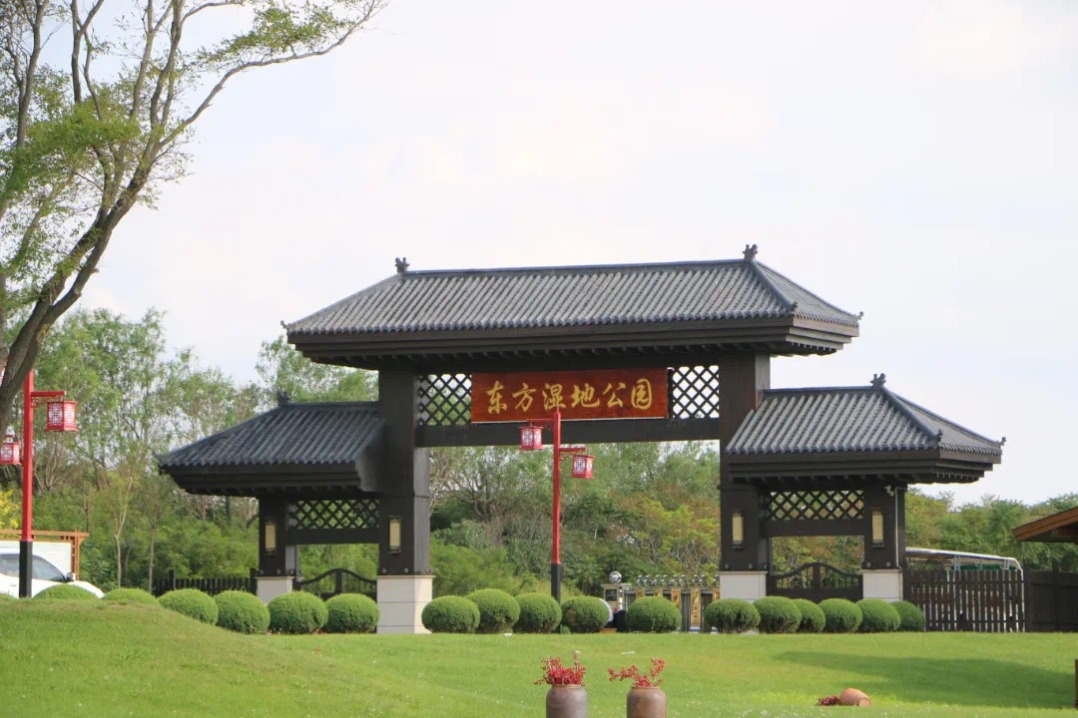Study links bronze decline to Qin rule

A recent study of ancient bronze vessels from the Shu State, dating back some 2,300 years, reveals a strategic weakening of Shu culture and the control of resources by the conquering Qin State, a move that significantly paved the way for the establishment of China's first imperial dynasty.
The research, published recently in the journal Antiquity, highlights how the Qin State deliberately undermined Shu's bronze production technology following its conquest, suggesting a calculated strategy to consolidate power and establish centralized rule.
"The Qin State holds great significance as it opened up the era of centralized and dynastic government by establishing the Qin Dynasty (221-206 BC)," said Luo Wugan, corresponding author of the study and a professor with the University of Chinese Academy of Sciences' School of Humanities.
"One strategic step during the unification was the occupation of the present-day Sichuan Basin in Southwest China, the home of the Shu State which is rich in mineral resources, in 316 BC during the late Warring States Period (475-221 BC)."
The Qin Dynasty was the first imperial dynasty of China, a shortlived yet profoundly influential period that unified the disparate warring states and laid many of the foundational elements for subsequent Chinese empires. The dynasty was established by Emperor Qinshihuang, who had previously been king of the Qin State.
The study found that bronze vessels typically found in Shu elite tombs, known as mou, showed inferior alloy technology after the Qin conquest. This decline in quality suggests a deliberate weakening of Shu's distinctive cultural artifacts and, by extension, its independent identity.
Researchers used advanced technologies such as CT scanning, trace elements and lead isotope analysis to compare nine vessels unearthed after the Qin conquest with seven from before.
They discovered that lead isotope ratios underwent significant changes after 316 BC, indicating a shift in lead sources from present day Sichuan province to the Qinling Mountains area, the Qin homeland.
Furthermore, an isotopic consistency between the post-316 BC Shu vessels and Qin coins recovered from the Shu region points to a shared supply of lead.
"The right to coinage was very important in ancient times. The discovery of a shared supply of lead in mou and coins indicates that Qin controlled mineral resources and deprived Shu of the freedom to produce bronze following the conquest," Luo explained.
He noted that "jerry-building", hasty or poor production, was identified in Shu mou production under Qin's strict administration, marked by a reduction in the proportion of lead and tin during the later period. In contrast, the quality of Qin vessels during the same era generally improved, particularly in the use of tin, a precious metal crucial for weapon production due to its hardness.
"This suggests Qin's gradual and soft governance of the other states in the early stages by undermining their distinctive vessels, culture and weaponry, thereby laying the groundwork for eventual unification," Luo said.
This finding aligns with the team's prior study on Shu battle axes, or yue, which similarly exhibited subpar alloy ratios and processing techniques after Qin's takeover of Sichuan.
"This provides compelling evidence that the Qin's occupation was resource-driven. The abundant resources in Sichuan supported Qin's bronze production, possibly encompassing the standardized weapons, which facilitated the annexation of other states," he concluded.
limenghan@chinadaily.com.cn





































